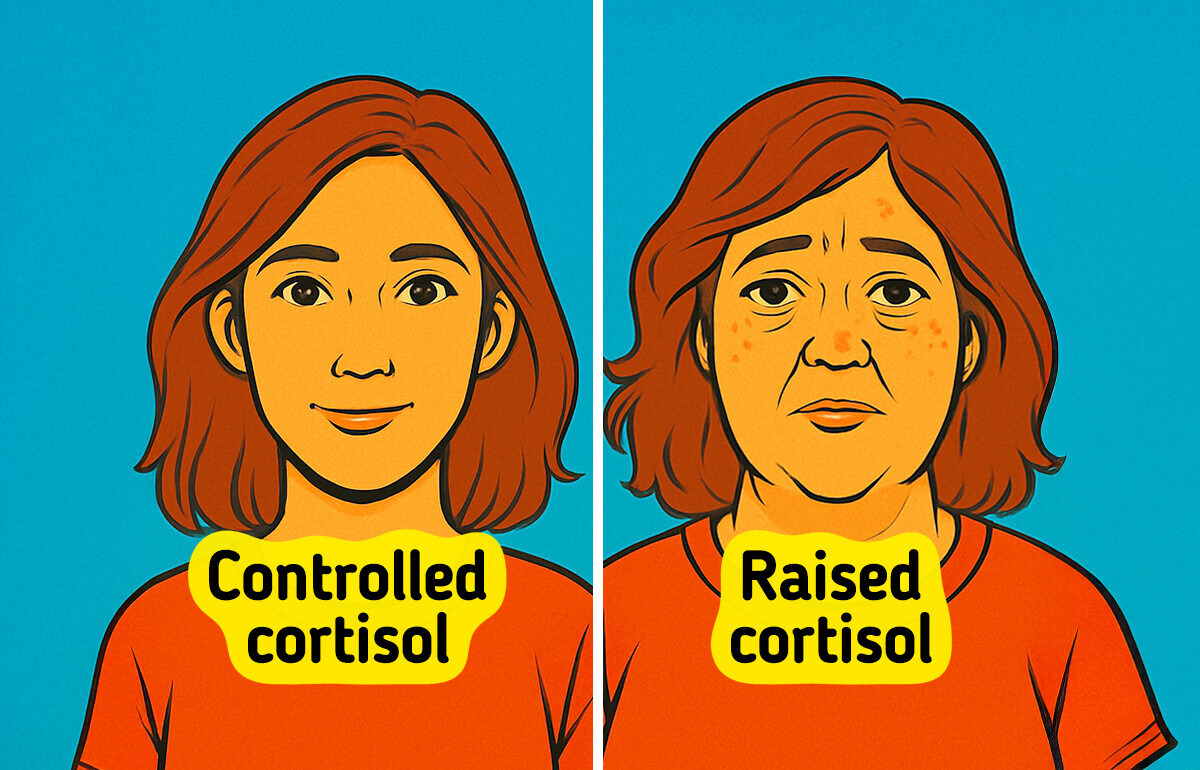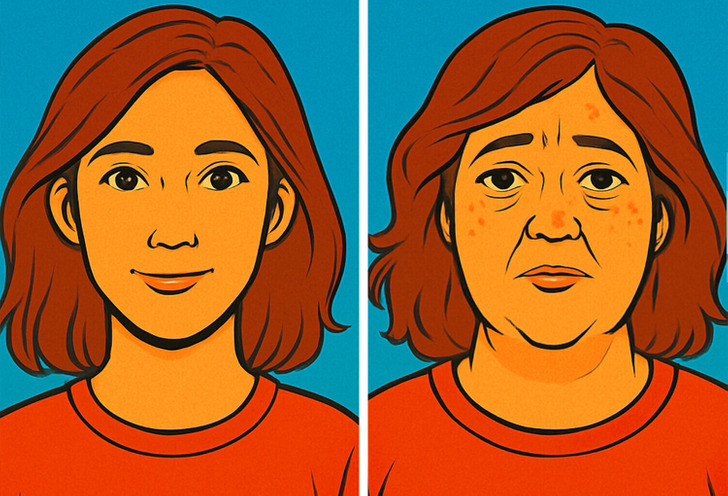15 People Who Know What Real Danger Feels Like


Have you ever looked in the mirror and felt your face look puffier, tired, or dull? You’re not alone. You not only feel stressed, but it also shows.
On social media, many are talking about the famous “cortisol face”, a viral trend that has put the stress hormone at the center of the conversation. But what’s the truth in all this? Here’s what the experts say and what your skin may actually be reflecting.
THE CONTENT IS PROVIDED FOR INFORMATIONAL PURPOSES ONLY AND IS NOT INTENDED AS A SUBSTITUTE FOR MEDICAL ADVICE. PLEASE CONSULT YOUR DOCTOR REGARDING YOUR MEDICAL CONDITION.
When we live under constant stress, our skin starts to give us various signs. For example, our body starts to release hormones that can alter the health of our skin: more sensitivity, breakouts, or loss of radiance. In addition, stress can often lead to bad habits, such as clenching the jaw or biting the lips... and that also leaves its mark.
Another symptom that has gone viral nowadays is the swelling of the face as a result of stress. The trend suggests that cortisol spikes are directly responsible for facial swelling and bloating, resulting in a round, puffy appearance. This has been called “cortisol face”.
Cortisol is known as the stress hormone. And although it sounds negative, it is actually vital: it regulates your metabolism, helps you cope with illness, surgery, or any situation that demands an “extra” from your body.
It works like an internal clock, rising in the morning to get you going and falling at night so you can rest. But if that natural rhythm is disturbed by chronic stress, insomnia, or bad habits, your body feels it: fatigue, skin changes, anxiety, digestive problems, and more.
Your cortisol levels can rise for many reasons: daily stress, an infection, the time of day... even pregnancy! And the funny thing is, you often don’t even notice the symptoms.
But when cortisol stays high for a long time, it may be due to something more serious, such as Cushing’s syndrome, a rare condition that, in some cases, is due to a pituitary tumor. Signs include weight gain, loss of muscle mass, a rounded face (cortisol face) and a small hump on the neck.
There is also exogenous Cushing’s syndrome, which does not come from the body, but from long-term use of steroids (such as pills, inhalers, or creams) to treat diseases such as asthma or lupus. This is the most common cause.
Finally, conditions such as depression, bad habits, or malnutrition can also raise cortisol. In these cases, by treating the root cause, levels tend to normalize. This is known as pseudo-Cushing.

This viral trend on TikTok claims that high levels of cortisol, the stress hormone, can cause facial swelling, resulting in a rounder or puffier face. Although many of these claims have no medical backing and the “cortisol face” is more myth than reality, thousands of videos have flooded the web with tips on how to “combat” it.
Some specialists, instead of ignoring these fads, prefer to keep abreast of what the algorithm is showing, to report with evidence and clarity.
“When a trend like ‘Cortisol Face’ starts circulating, I want to make sure my patients get the facts rather than falling into the trap of fear-based messaging or expensive, unnecessary treatments. It’s my job to clarify what’s real, what’s overblown, and what people can actually do to take care of their skin and overall health,” says one of them.

Some of these everyday changes will help improve your health and therefore the appearance of your face:
Your face can be a reflection of what’s going on inside, and understanding how stress impacts your skin is the first step to taking better care of yourself. Tell us how you’ve felt stress reflected on your body.











